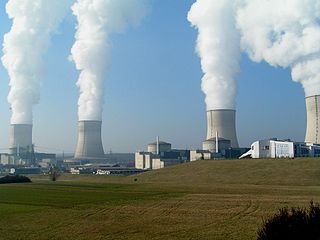Use of Water in Generating Electricity
Those of us trying to make sense of the validity of renewables versus fossil fuels are forced to deal with many different parameters. For instance, we often talk about the externalities of coal, i.e., the cost factors that are not captured in the transaction between the utility and its customer, but passed on to society at large. We note the build-up of mercury, ocean acidification, and greenhouse gas released into our atmosphere, etc. Of course, there are issues with solar and wind as well, all of which need to be factored in.
Here’s an article on one kind of externality that my not receive as much attention as it’s due: the use of water in generating electricity. Certainly this is something to be examined, as potable water becomes scarcer and thus more valuable.


Craig,
This is an extremely interesting issue, especially after two summers of crippling drought (2011 in Texas and the SouthWest, 2012 essentially across the entire Midwest). The average thermal power plant (coal, natural gas, CSP, straight-run geothermal, biomass firing) uses ~500 gallons/MWh for a closed loop system (open loop systems aren’t really a concern, they only raise the temperature of the water passing through by a couple of degrees, and then it just continues down the river (though it’s plausible that if enough thermal plants were on a single river the temperature could get too high).
The greater concern here isn’t the fact that water has value – both for growing crops and utilizing in the home – but rather the idea that the thermal power itself could be threatened if there is insufficient water available. In Texas in 2011, ERCOT had to power down several GW of coal plants at night to allow the cooling ponds to release some excess heat, an absurdly expensive and inefficient waste… Had the drought continued another night some thermal plants might have been forced to be taken offline during the day.
Policy-makers have not yet really taken to heart the idea that these once-in-a-century droughts may become rather common in the nation’s heartland… but eventually that realization will come, and we’ll start seeing designs that accommodate a much more efficient water recycle.